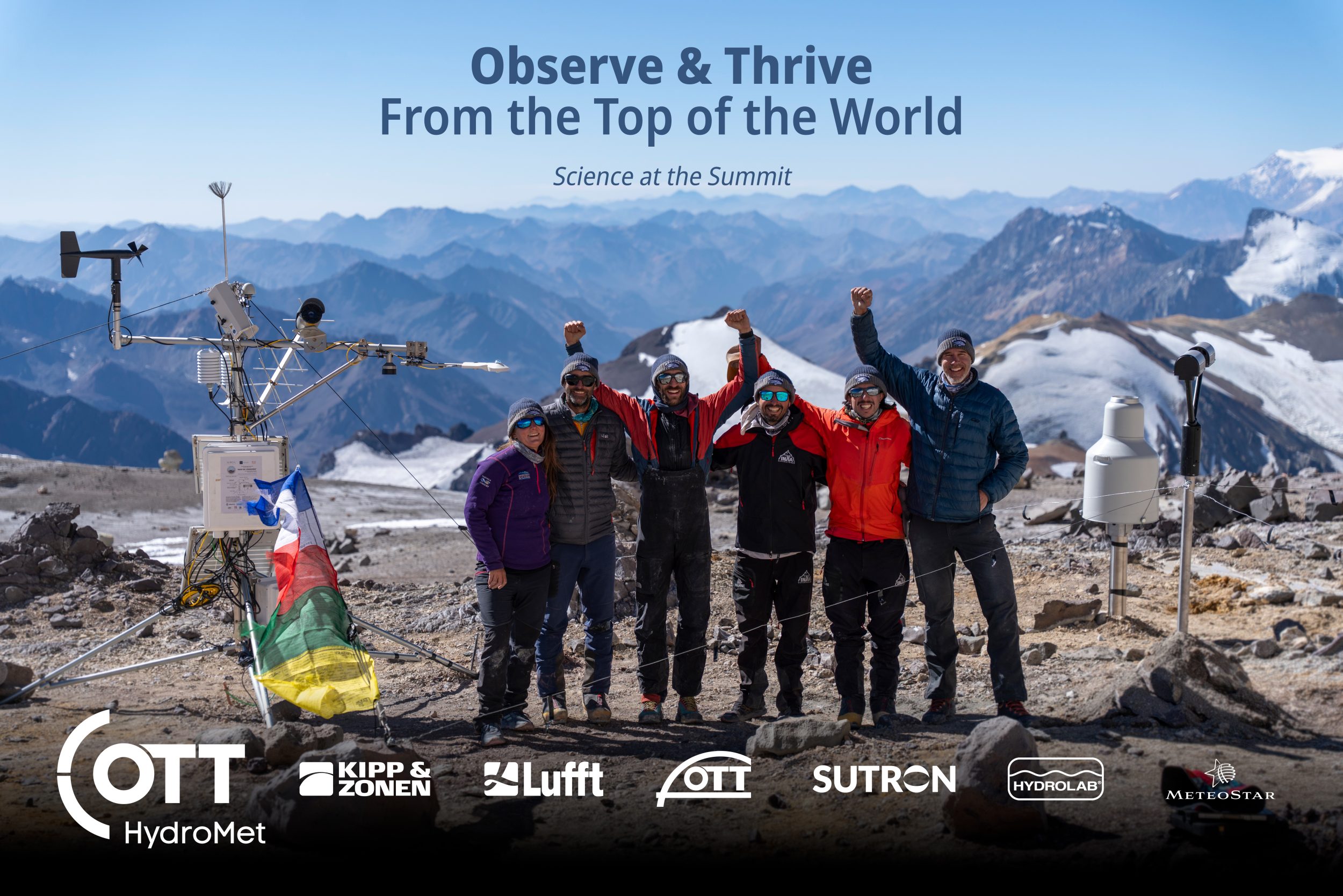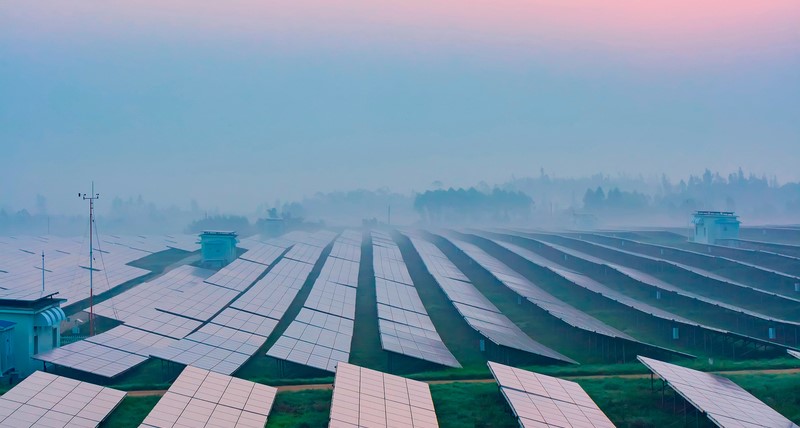Where do we stand, where are we going? The 4th quarter of 2012 was the most successful quarter in the over 130-year history of our company. Never before have we delivered more instruments and systems, never before have we supplied so many countries in one quarter.
…where do we stand, where are we going?
The 4th quarter of 2012 was the most successful quarter in the over 130-year history of our company. Never before have we delivered more instruments and systems, never before have we supplied so many countries in one quarter.
Those who plan for the future must know the past and understand the present. In our increasingly smaller world, the delight of a good quarter lasts for only a short time; rather, we are much more driven by the tasks that we must master for a successful future.
Do we operate true to the Olympic motto: Faster, higher, stronger? If we want to ensure prosperity, there is no alternative. And a strategy of preservation (= stagnation) leads nowhere, as long as the competition in the saturated central European and American markets wants to win with aggressive pricing and the manufacturers in the (essential for growth) “emerging markets” always offer better products at unbeatably low prices.
Prognos AG has recently projected that in 2035, the labor force in Germany will be short 5 million workers at all levels. This is surely the biggest long-term threat to maintaining prosperity.
Medium-sized companies in Germany certainly don’t think in quarters alone, but mainly in the mid and long term. However, even smaller businesses cannot escape thinking in various planning scenarios in view of the continuously increasing demands on banks (Basel III is in preparation). Setting demanding but achievable goals is an important element in people’s lives; both private and professional.
Whether in tennis or reaching a sales goal: victory and defeat are a part of life, winning is better than losing. Without goals, we miss these experiences.
In German machine building, one of the pearls of German industry, large contracts are being lost to Chinese manufacturers ever year. The producers of machines in China are currently growing by approximately 8% per year. In comparison, German manufacturers are growing by only 1%. Chinese products are already first-class in many cases, as the production of iPhones shows. We can expect that in the coming years “made in China” will be a mark of quality.
However, specialization in our environmental and industrial applications continues to progress. In our markets, product life cycles are no longer decreasing. Many of our customers plan for the long term with our measuring technology solutions and require maintenance and modernization over the time of use. Without long-term thinking and trust in the supplier, the basis for cooperation with the customer is missing.
Therein lies the chance for “measuring technology made in Germany”: we know what we’re doing, we know how it has to be done and we know what our customers need. Improvement is a continuous process; the development of a product is never finished. Salespeople are consultants, who know the applications exactly. The personality of the salesperson is essential for the trust of our customers. Openness, honesty and “caring for the customer” are indispensable characteristics for a customer-oriented “marketplace” within the company, whether internal, external or after sales.
Internal organization with competent teams in production and logistics (order center) ensures lean production and the highest possible flexibility. Our customers (like to) decide late and then don’t wish to wait long for delivery. And despite short delivery schedules, the product quality must be perfect; simply made in Germany.
Sounds easy, but it’s not. Only very few companies reach this status of “excellence.” We work daily to achieve this goal.
As long as we have well-trained employees, who all pull together and consistently follow this goal in teams, measurement technology “made in Germany” will be its own quality label.



